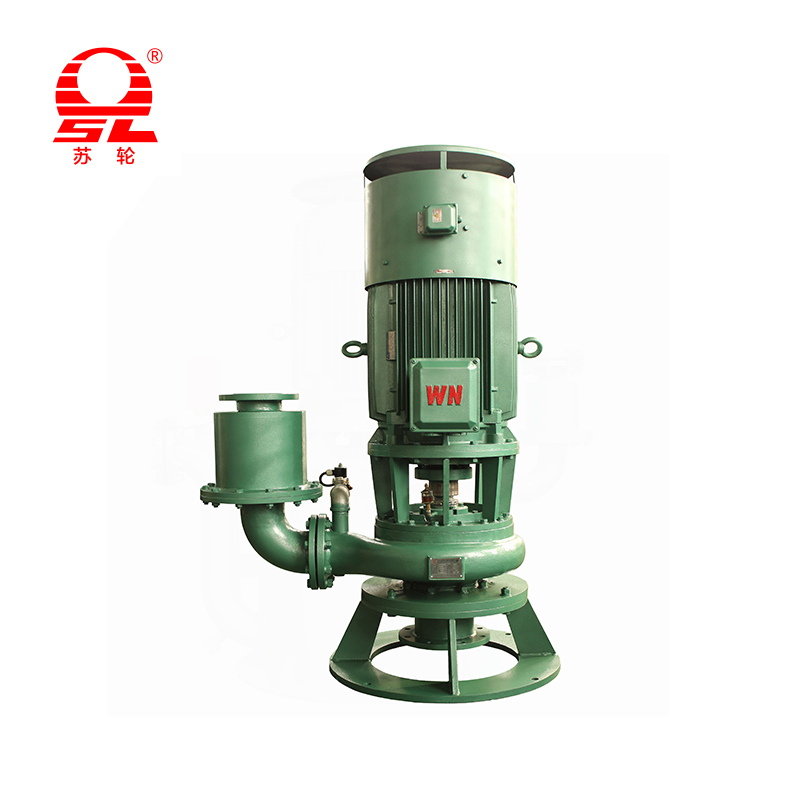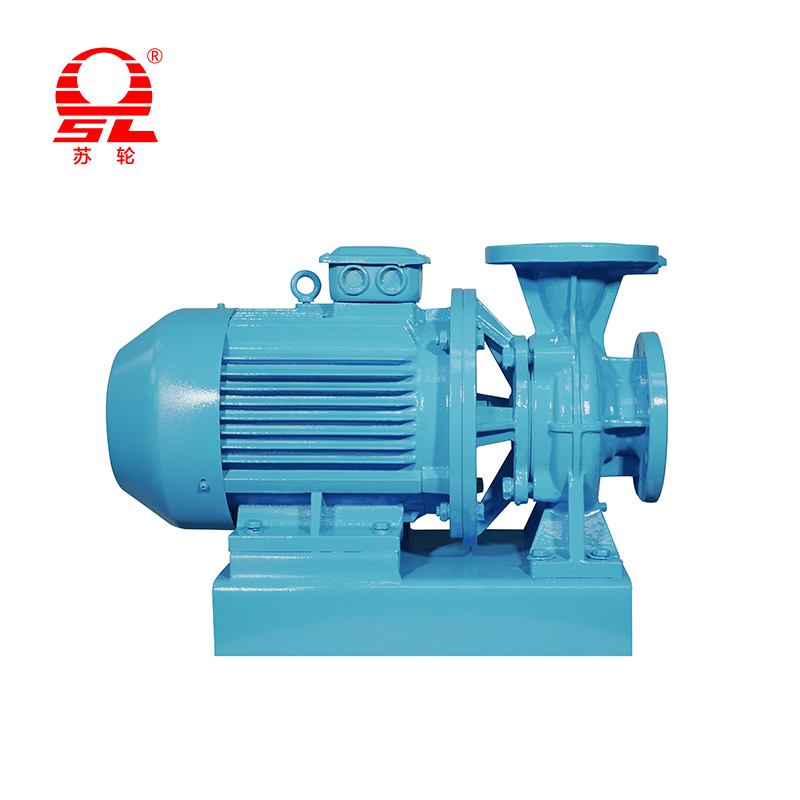What typical working conditions are suitable for self-priming pumps
 2025.10.14
2025.10.14
 Industry News
Industry News
Self-priming pumps, as a special type of centrifugal pump, offer unique self-priming capabilities—they automatically expel air from the suction line and lift the liquid without the need for external priming devices or foot valves—making them an ideal solution for many complex fluid transfer challenges. In numerous industrial fields and specialized applications, self-priming pumps demonstrate irreplaceable value with their exceptional convenience, ease of maintenance, and adaptability to harsh operating conditions.
1. Fixed Installation Where the Liquid Level is Below the Pump Body
This is the most classic and advantageous operating scenario for self-priming pumps.
In many industrial and municipal infrastructure applications, the location of pumping stations is restricted by terrain or building structures, often requiring the pump body to be placed above the liquid level of the fluid being pumped (known as negative suction lift). Examples include pumping groundwater, deep well water, or extracting oil from underground storage tanks.
Groundwater and Deep Well Pumping: Traditional standard centrifugal pumps require the installation of a foot valve and manual priming before each startup. Self-priming pumps, on the other hand, only require initial filling with water. Upon subsequent startup, the pump chamber's pre-stored liquid, mixed with air, is discharged at high speed, automatically creating a vacuum and lifting the liquid deep underground, greatly simplifying the operation process.
Emptying underground tanks or sump tanks: In chemical, petroleum, or wastewater treatment plants, these pumps are used to drain chemicals, fuel, or wastewater stored underground. Self-priming pumps are located above ground, making maintenance and repair safer and easier, avoiding the complexity and potential risks of lifting submersible pumps for repair.
Transporting media containing solid particles or high viscosity
Many specially designed self-priming pumps, particularly those with semi-open impellers and wide flow passages, offer excellent throughput for impurities and solids in the media.
Municipal and industrial wastewater treatment: In municipal sewage pumping stations, temporary drainage systems, or wastewater treatment processes, the media often contains large particles such as fibers, silt, and plastic bags. Self-priming sewage pumps are designed to allow the passage of large solids, effectively preventing blockage and significantly reducing the frequency of downtime for cleaning. Furthermore, because the pump is mounted on the ground, inspection and maintenance of vulnerable parts like the impeller and wear plate (e.g., clearing blockages) can be easily performed by opening the clean-out port without moving the pipeline, thus improving the operational reliability of the pump system.
Slurry and Slurry Transfer: Mining, construction, or metallurgical industries require the transfer of highly concentrated slurries, slag slurries, or sediments. Specialized self-priming slurry pumps are designed to withstand the impact of abrasive media and maintain continuous and stable operation.
3. Mobile Emergency Drainage and Temporary Operations
Due to their compact design and the absence of complex piping and auxiliary water diversion systems, self-priming pumps are ideal for temporary or mobile applications.
Flood Control and Drought Relief and Emergency Rescue: Discharge of accumulated water during flood seasons, temporary water diversion at water conservancy projects, or emergency drainage at disaster sites. Self-priming pumps can be deployed quickly; simply connect a hose and they're operational in a matter of seconds. Their powerful self-priming capacity allows them to rapidly draw water from various levels.
Construction Site and Foundation Pit Drainage: Pumping out accumulated water from foundation pits and temporary ponds is a common requirement at construction sites. Self-priming pumps offer the flexibility to adapt to changing work locations.
Tank Truck Loading and Transfer: In the petroleum and chemical industries, self-priming pumps are used for loading and unloading tank trucks and tank ships, as well as for liquid transfer. Self-priming pumps effectively handle conditions where liquids and air are mixed, ensuring that the liquid in the pipeline is completely pumped out.
Fourth, Frequent Start-Stop and Intermittent Operation
In some processes, the liquid supply is intermittent, requiring the pump to be frequently started and stopped.
Chemical Circulation and Intermittent Dosing: During chemical reactions or mixing, liquids need to be intermittently pumped from storage tanks. Traditional pumps must constantly ensure that the suction line is filled with liquid. Self-priming pumps, however, can withstand emptying of the suction line during downtime and can quickly resume operation upon restart, ensuring continuous production.
Foam and Gas-Liquid Mixture Transfer: In certain industrial cleaning, fermentation, or mixing processes, large amounts of air can easily enter the liquid, creating foam. Some high-performance self-priming pumps have excellent gas handling capabilities and can handle this mixed medium containing a large amount of gas, avoiding the "air lock" phenomenon that often occurs in standard centrifugal pumps.

+86-0523- 84351 090 /+86-180 0142 8659

 English
English русский
русский عربى
عربى bahasa Indonesia
bahasa Indonesia










